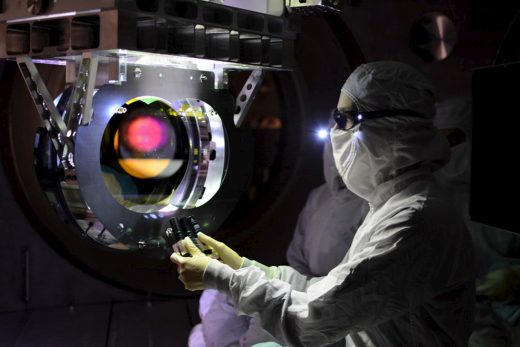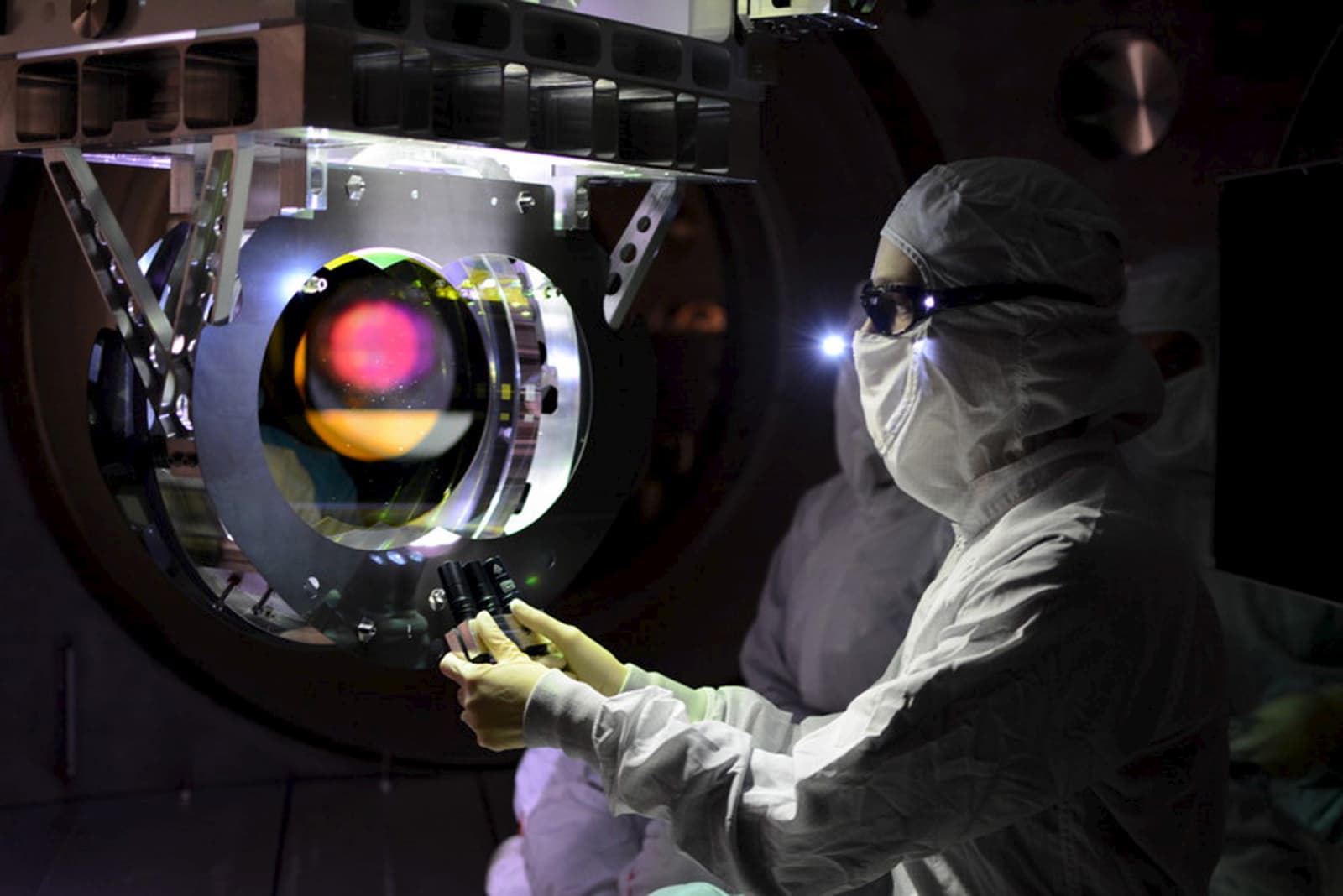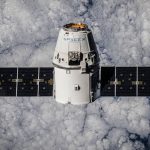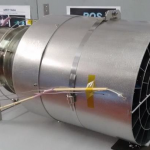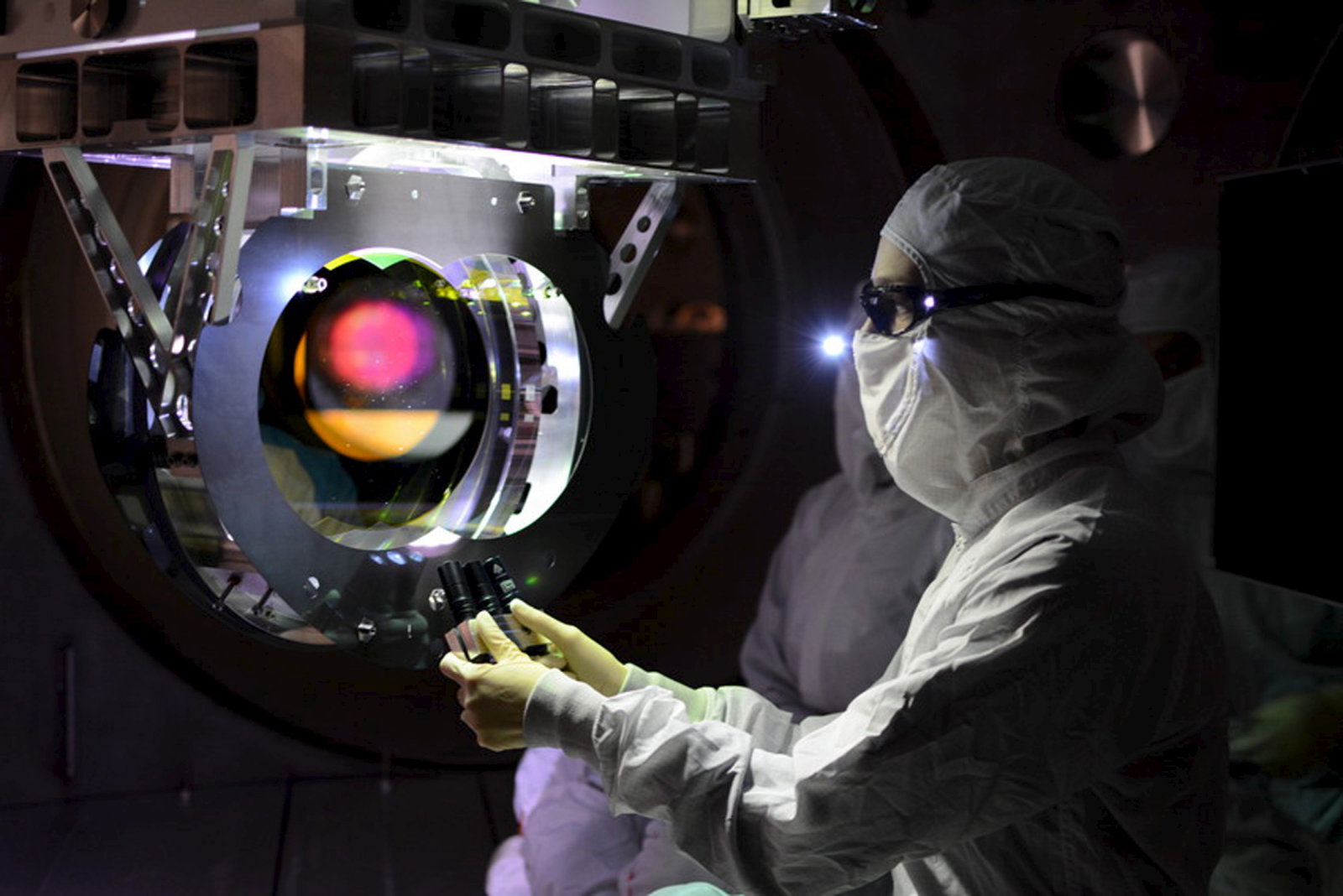Caltech fires up LIGO to hunt for more gravitational waves
Nearly a year after LIGO, the Laser Interferometer Gravitational-wave Observatory, made physics history this past February, Caltech researchers have finally finished upgrading its capabilities and are ready to resume their hunt for gravitational waves. The system transitioned from experimental runs to regular operations on Wednesday morning, November 30th.
The LIGO has undergone upgrades to its lasers, electronics and optics, making the entire system 25 percent more sensitive (read: far-reaching) — especially with lower-frequency waves under 100 hertz. Engineers have also increased the power supply to the LIGO’s interferometer and improved its detector’s stability, both of which help to improve the device’s accuracy.
“With our improved sensitivity, and a longer observing period, we will likely observe even more black-hole mergers in the coming run and further enhance our knowledge of black-hole dynamics.” Caltech’s Dave Reitze, executive director of the LIGO Laboratory, said in a statement. “We are only just now, thanks to LIGO, learning about how often events like these occur.”
Future improvements will continue to boost the LIGO’s sensitivity and power. With these added capabilities, scientists around the world will begin to build a cohesive understanding of how black holes behave and how many pairs exist throughout the universe. LIGO may, one day, even be able to detect merging neutron stars, which will help round out our understanding of the stellar life cycle.
(33)

